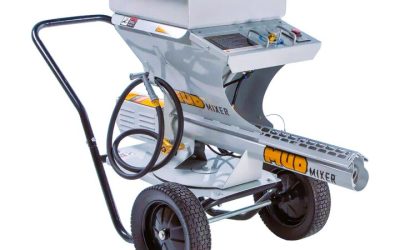There are many different types of fastener types and components, many which are used only in specific industries or for particular applications. Working with a company with a focus on fastener types of large construction and manufacturing projects will be instrumental in understanding the available options and choosing the right fasteners to meet all requirements and regulations while also making the job easier and safer.
Many different applications and construction projects for bridges through to general fabrication, stud connectors can be used to quickly and easily fasten two studs, two cables or a combination of different components securely and quickly.
Basic Design
The simplest design of stud connectors will include a round or hexagonal bar that is threaded internally. This allows the connector to be screwed onto one stud and then the other, or simultaneously, to attach the two components fastened by the respective studs.
These types of connectors can be designed to the length and the thread required for any specific application. They are easy to work with and can be quickly tightened or loosened as needed. They can be made from aluminum, stainless steel or other types of steel and they may be plated for additional surface protection and corrosion resistance.
Electrical Components
It is also possible to have stud connectors used in electrical system design. These are typically called a transformer stud connector and one or two conductors to connect through the fastener. These are usually made of aluminum and can be either a standard design or fully customized for special types of applications and uses.
Shear Connectors
Bridge construction uses what is known as shear connectors. These are connectors that are welded to the top flange of the steel girders of the bridge to increase the strength of the beam and the concrete reinforced deck slab.
The addition of these shear connectors stops the bridge deck from bending. With the use of the connectors, there is no bending, allowing the bridge deck to stay level and straight across the full length.


